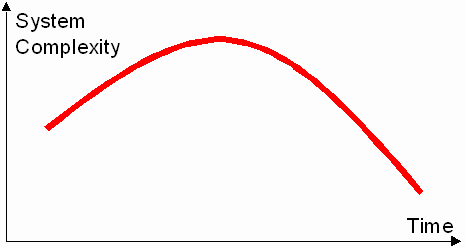
Figure 1: TRIZ Complexity Trend
Complexity Increases And Then…
Darrell Mann
Director, CREAX nv
Ieper, Belgium
Phone/Fax: +44 (1275) 342960
E-mail: darrell.Mann@creax.com
“Life is much less a competitive struggle for survival than a
triumph
of co-operation and creativity. Indeed, since the creation of
the first
nucleated cells, evolution has proceeded through ever more
intricate
arrangements of co-operation and co-evolution.”
Fritjof Capra(1)
Introduction
According to the classic TRIZ trend, over the course of their complete evolutionary existence, systems evolve in a manner that sees them first increase and then decrease in complexity (2, 3) - Figure 1. This characteristic is shown to be inconsistent with the process of natural evolution. This article describes some of the reasons underlying the inconsistency and the implications they have on our interpretation and application of the TRIZ trend.

Figure 1: TRIZ Complexity Trend
(Note: the precise shape of the characteristic can vary considerably depending on the system being considered - for complex systems, the reduction in complexity tends to be as shown; for relatively simple systems the reduction in part-count or complexity is more usually manifested as a sudden step-change)
Evolutionary Processes In Nature - A Review
Although there is no absolute consensus amongst biologists, it appears clear that the evolution of natural systems over the course of the 4.5 billion year existence of the Earth has taken place due to three basic mechanisms:-
1) Random Mutation - the classic Darwinist/neo-Darwinist view that systems evolve through a combination of random mutation and natural selection; random mutations produce variation, and natural selection filters out the less successful variations.
2) Gene Trading - the success of bacteria in fighting our attempts to control them lies for the most part in their ability to ‘communicate’ with one another. The ‘gene-trading’ process allows different bacteria cells to ‘pass-on’ successful survival strategies from one to another.
3) Symbio-Genesis - the newest of the emerging evolution models, symbio-genesis (4) describes how nucleated cells are much more likely to evolve through the transition of a symbiotic co-existence of different cell types and structures from temporary to permanent.
According to Margulis (4), the evolution mechanisms become more significant as we read down the list - such that symbio-genesis is a many times more significant factor governing the evolution of complex systems than random mutation. While it is not the purpose of this article to question these different mechanisms, it is worth reflecting on their links with some important TRIZ concepts. The first is that ‘gene trading’ is closely related to the TRIZ concept of knowledge transfer between different sectors and its importance in the innovation process (Level 3 inventions are, for example, all the result of this kind of inter-disciplinary communication and transfer (2)). The second is that symbio-genesis is highly consistent with some of the most important Inventive Principles and trends of evolution (for example Merging and the various Mono-Bi-Poly trends).
Capra (1) suggests that the symbio-genesis evolution strategy has played a significant role in the creation of life as we understand it. In particular, if we draw the complexity - calculated in relation to number of different cell types present - of biological systems as a function of evolutionary time, we will produce a plot something like that illustrated in Figure 2.
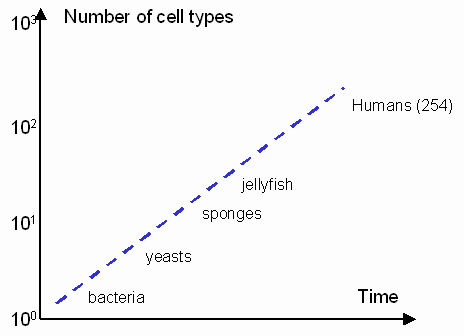
Figure 2: Organism Cell Types Versus Time
The most interesting feature of this picture, and the more general evolutionary model for natural systems is that complexity has consistently increased over the course of the evolution of life on the planet. Furthermore, there is no evidence of any natural equivalent of the complexity-increases-then-decreases trend uncovered during TRIZ research.
Complexity Characteristics In Technical Systems
The over-riding complexity trend uncovered during TRIZ research on technical systems is the characteristic previously shown in Figure 1; in the first stages of the evolution of a system, complexity increases, and then in the later stages it decreases. This trend is one also observed by Edward De Bono (5). Neither De Bono nor TRIZ has any clear guidelines to describe when over the course of an s-curve the shift takes place from increasing to decreasing complexity - although (3) suggests that the shift takes place at a point of maximum viable complexity - beyond which the problems that come with the increased complexity outweigh the benefits to a critical mass of customers - Figure 3.
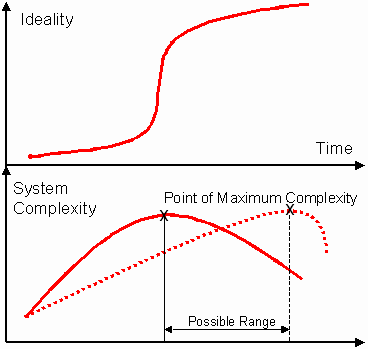
Figure 3: Correlations Between Maximum Complexity Point and
S-Curve (from (3))
In order to fully understand the trend we need to understand what we mean by the term ‘complexity’. To a large extent, many of us make a correlation between part-count and complexity - such that the greater the number of components a system contains, the higher we say its complexity is. The distinction between ‘complexity’ and ‘part-count’ can in fact be both subtle and important.
To take a simple example, think of a simple bi-metallic strip and the ‘shape change with temperature’ function it is designed to deliver; in early bi-metallic strip designs, there were usually three or more components - the two different metals plus some intermediary agent present to bond the two together. Later in the evolutionary history we may see that it was possible to ‘trim’ the intermediary from the system and to bond the two metals using friction-welding or some other form of non-additive manufacture process. More recently still, of course, we are now beginning to see the function of the bi-metallic strip increasingly being delivered by a ‘single’ shape-memory alloy. Thus, in this simple evolution path, it is quite clear that part count has been through the ‘decreasing’ part of the complexity trend. It is far less clear, however, that the overall ‘complexity’ of the system has likewise decreased over the course of these three steps. It seems far clearer that rather than ‘decreasing’ per se, the complexity has instead been subsumed into the sub-system structure of the constituent parts. In other words, although a shape-memory alloy replaces three or two parts with one, it has largely done so through clever configuration of the crystal structure of the alloy - and as such, the complexity has transferred from the engineer to the materials scientist.
In other cases, the case for the validity of the TRIZ trend for increasing-followed-by-decreasing complexity trend is more evident. Take for example the often used example of the control of temperature within a greenhouse. Evolution here can be seen to have passed from simple manually controlled systems (person opens and closes windows) to more complex ‘automatic control’ systems featuring temperature sensors connected to actuators that open and close windows, turn heaters or coolers on and off, and so on. In these evolutionary jumps, both complexity and part count has clearly increased. Likewise, the removal of temperature sensors and actuators made possible by the incorporation of bi-metallic (or SMA) window hinges represents a clear reduction in both part-count and complexity.
Both examples are, of course, relatively trivial. Nevertheless, both serve to suggest that there is either an inconsistency with the evolution of natural systems, or we are missing some knowledge to help us understand how the two might actually be the same thing.
Bridging the Gap Between Nature and Technology - Autopoiesis
In attempting to understand the apparent differences between the mechanisms of natural and technical system evolution, it is necessary to appreciate the concept of autopoiesis in natural systems. Autopoiesis, as described in (1) is defined as a network pattern in which the function of each component is to participate in the production or transformation of other components. In general terms, an autopoietic network possesses three characteristics - it must be self-bounded (system extension is determined by a boundary that is an integral part of the network), self-generating (all components necessary to survival are produced within the network), and self-perpetuating (production processes continue over time).
All natural systems are autopoietic, and therefore any evolution must also produce a system with autopoietic properties if it is to survive. In simple terms, natural systems are able to successfully evolve to ever higher levels of complexity by successfully managing the increase in complexity using the resources existing within the system. The key word throughout is ‘SELF’. Any successful natural system must possess all of the self- properties required for autopoiesis. In other words, there is never a need for a system to become less complex because at any evolutionary stage, the system is capable of managing that complexity by itself.
The autopoiesis requirement of a natural system is closely analogous to the ideality-driven evolution trend first described in (6) (and later reproduced in (3)). Figure 4, taken from that paper illustrates how, when problem solvers recognize the increasing-decreasing complexity trend and aim to by-pass the traditional route, they are doing (if they succeed) precisely what natural systems manage to do.
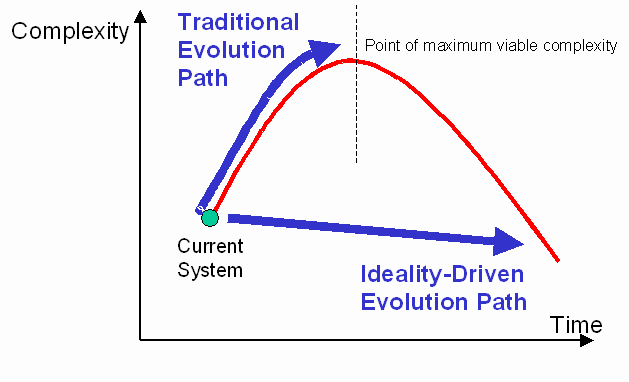
Figure 4: Traditional versus Ideality-Driven Evolution Paths
Describing this evolution goal and actually achieving are two potentially very different things of course. As quoted in (5):
“Sometimes a system starts off simple and then becomes more complex and then becomes simple once again. This can be a normal process of evolution and adaptation to change. If the ‘complex’ phase is disallowed, then that system may be unable to evolve adapt.”
On the other hand, it is something that nature always achieves as systems evolve; systems are as complex as they need to be and no more. Nature, in other words, always seems to have an ideal final result directed trajectory (note: not as any kind of conscious aim - there is no evidence to suggest that natural evolution of any kind is ‘consciously’ doing anything, rather that all outcomes are emergent behaviours).
If we bring together the ideal final result end goal plus the evolution direction of natural systems towards ever-increasing complexity, it tends to suggest that technical systems actually evolve in a manner as illustrated in Figure 5.
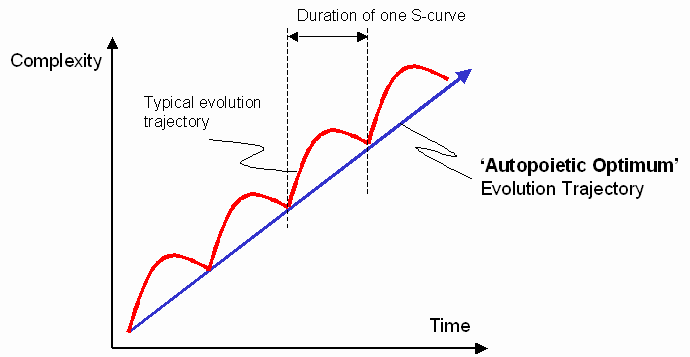
Figure 5: Combined Natural plus Technical System Complexity
Evolution Trend
Whether we call it an ‘autopoietic optimum’ or an ‘IFR-driven’ evolution trajectory, the point of the figure is the same;
We will return to examples of this increasing complexity trend in technical systems and to the vitally important subject of autopoiesis in future articles.
References
|
©
Copyright 1997-2005 CTQ Media LLC |